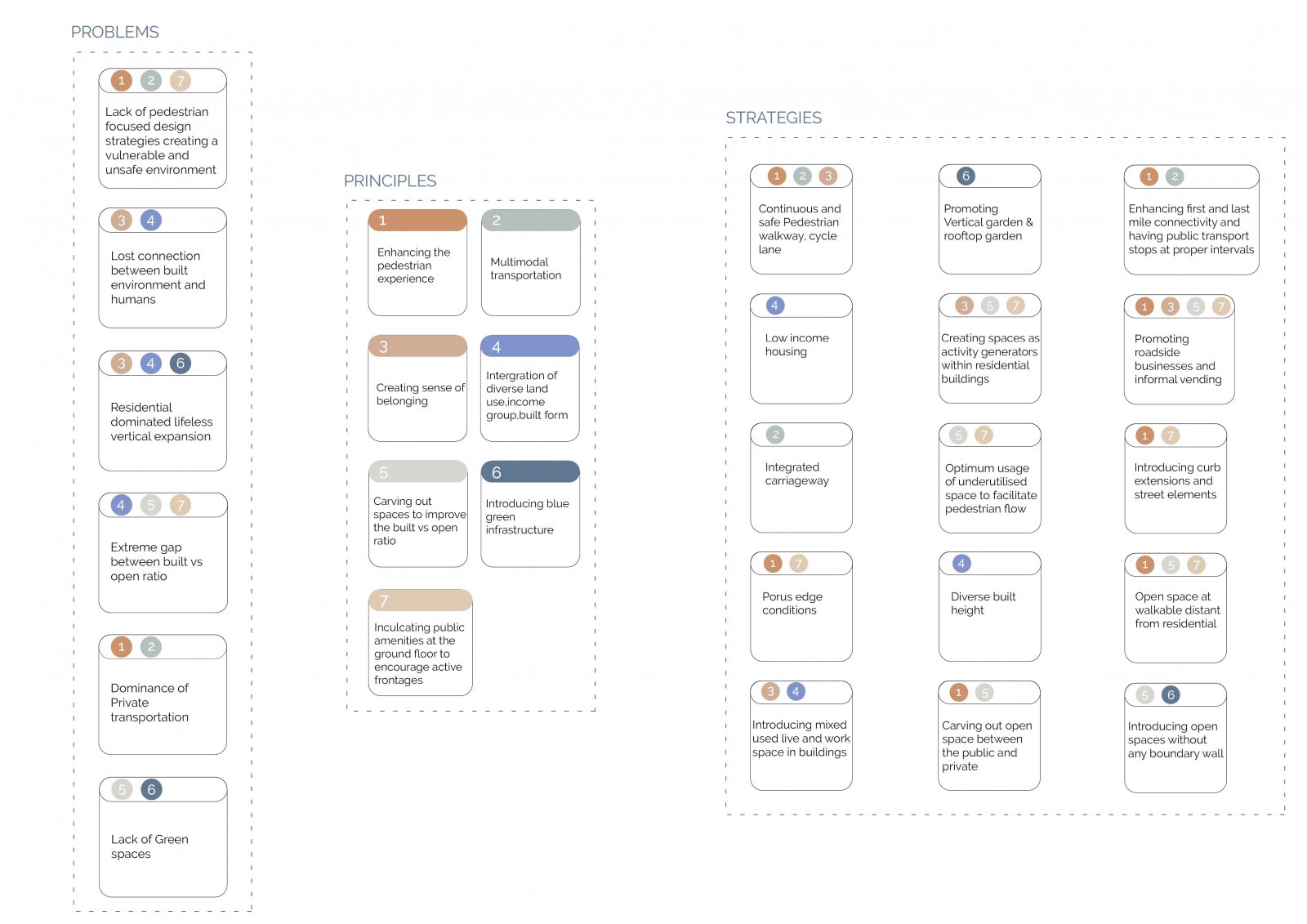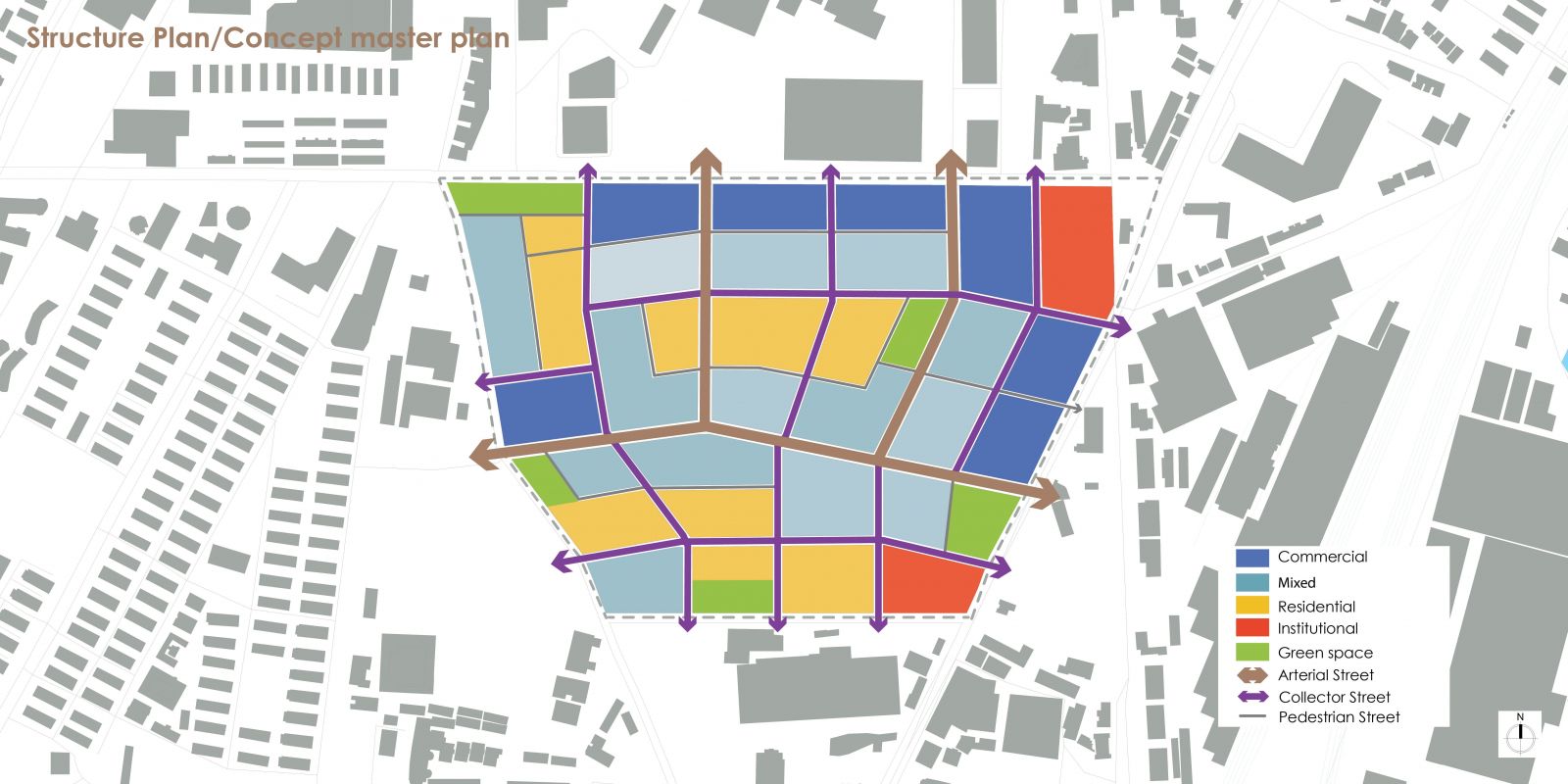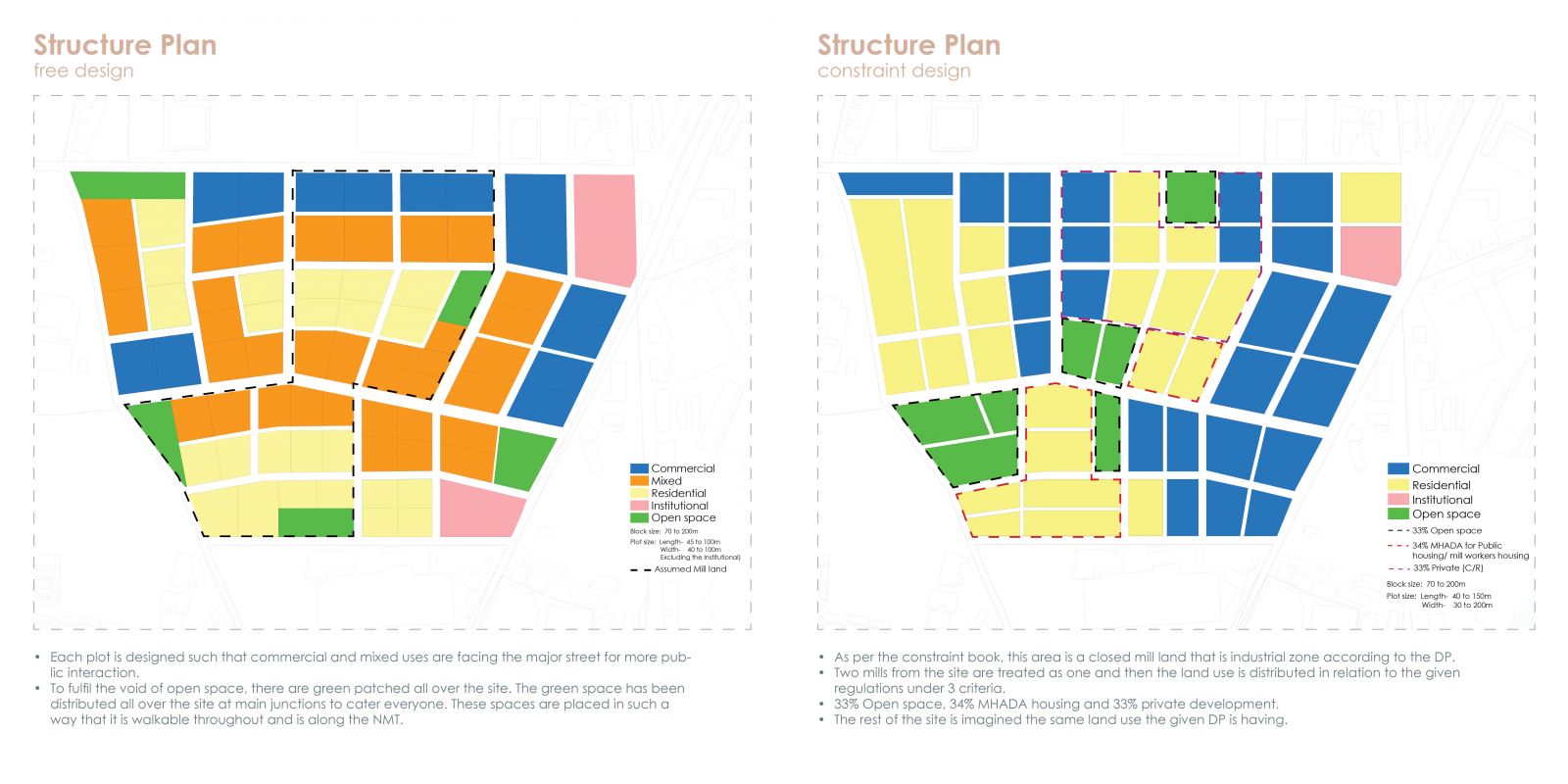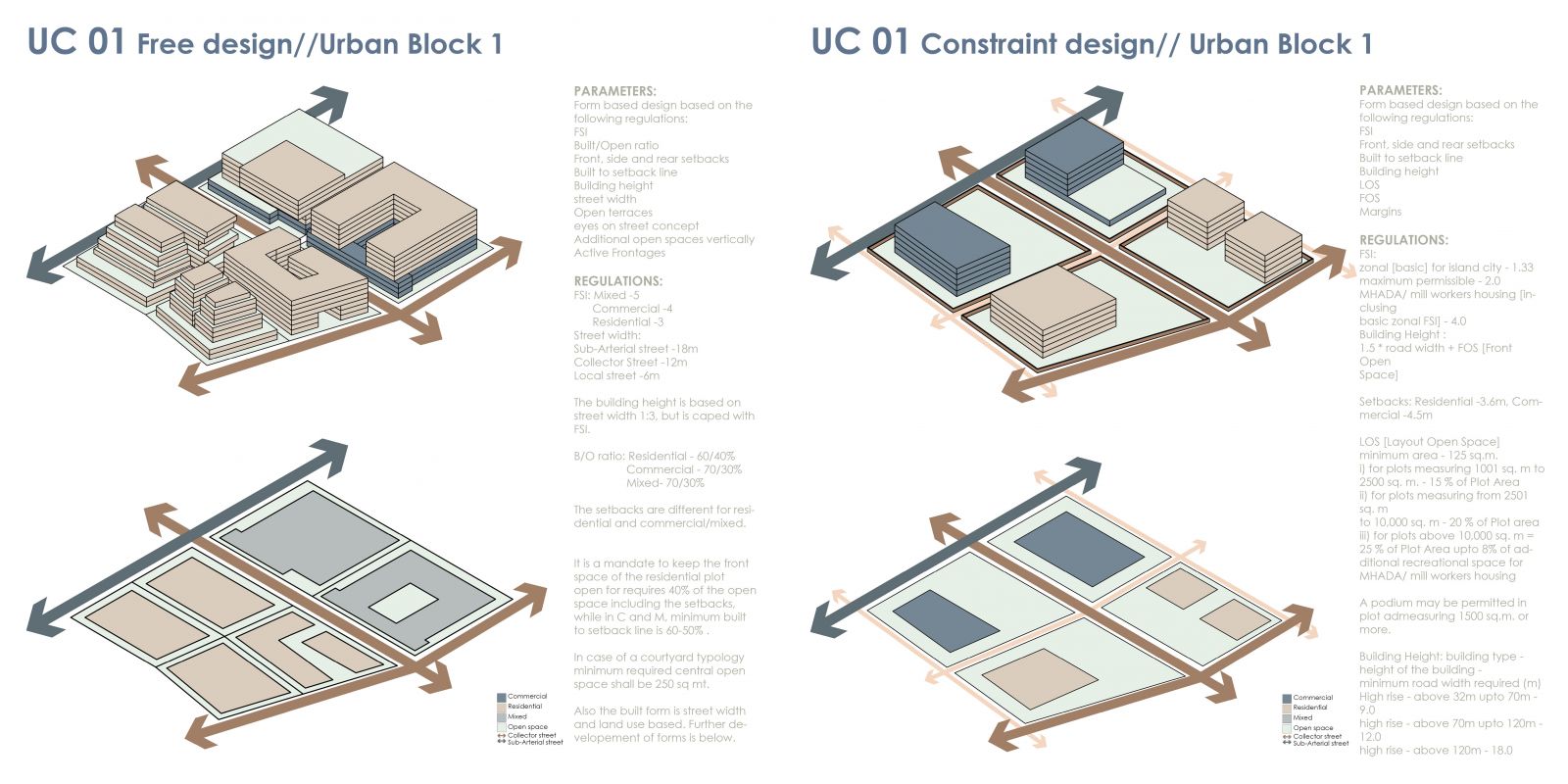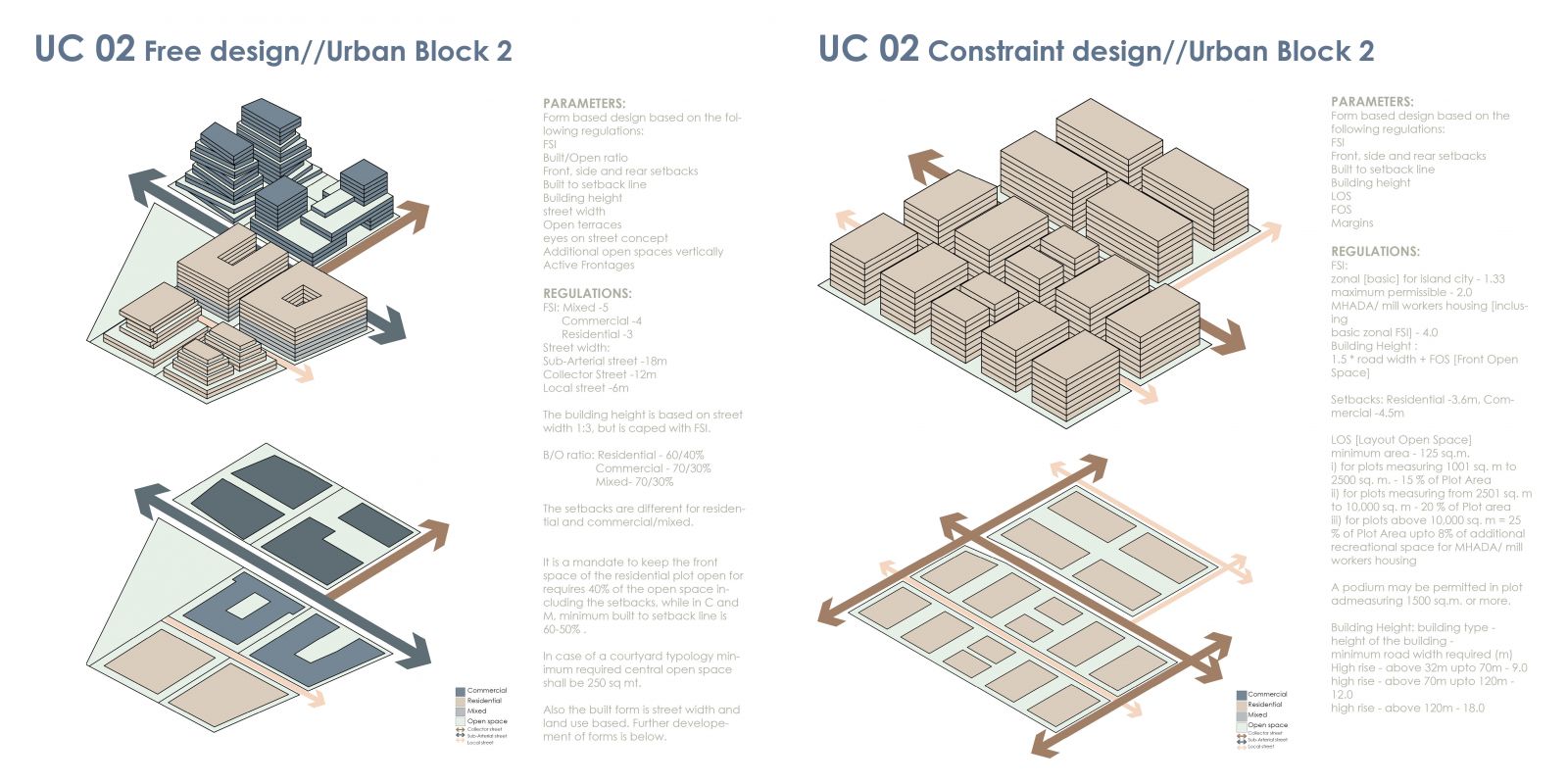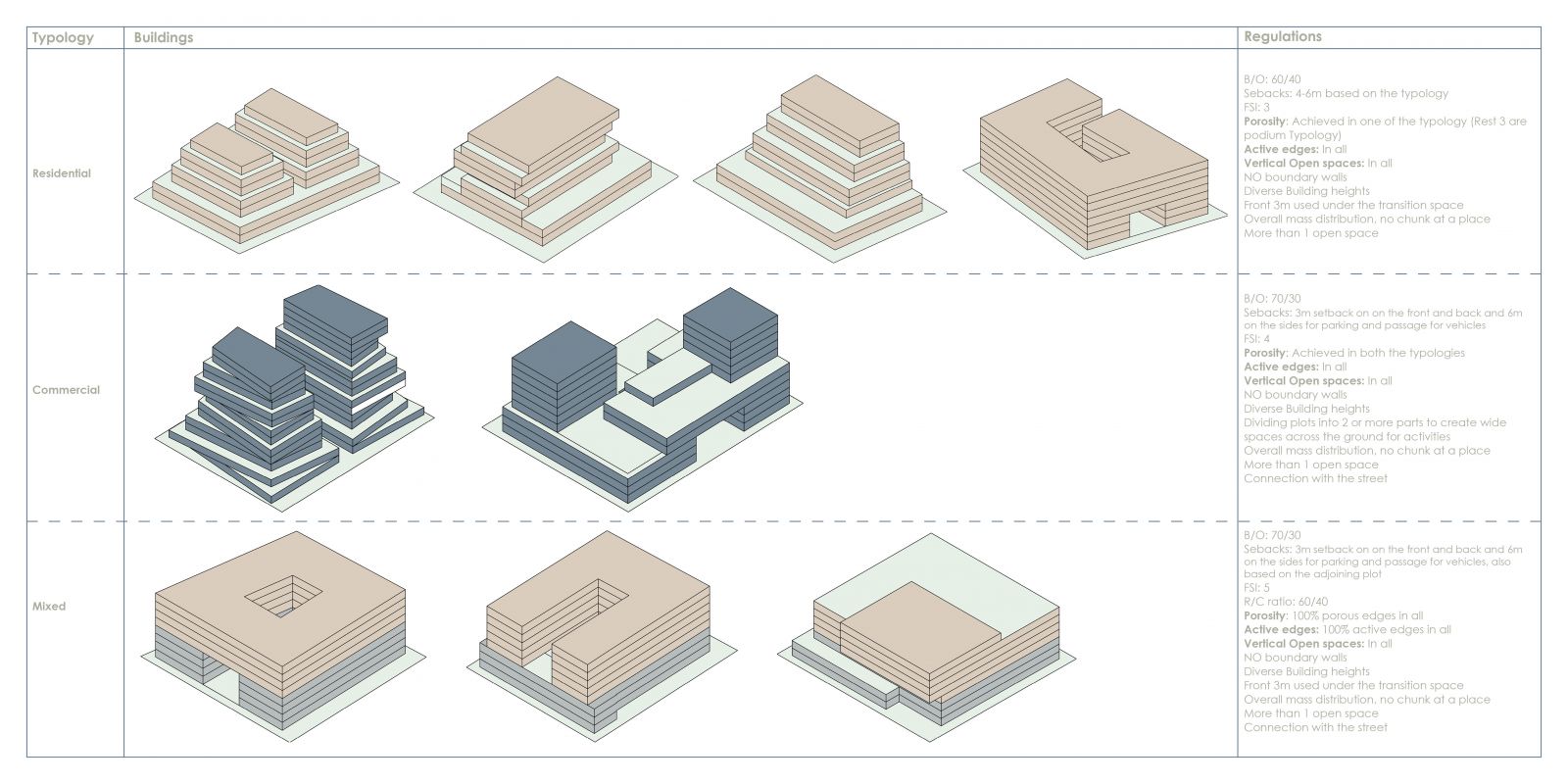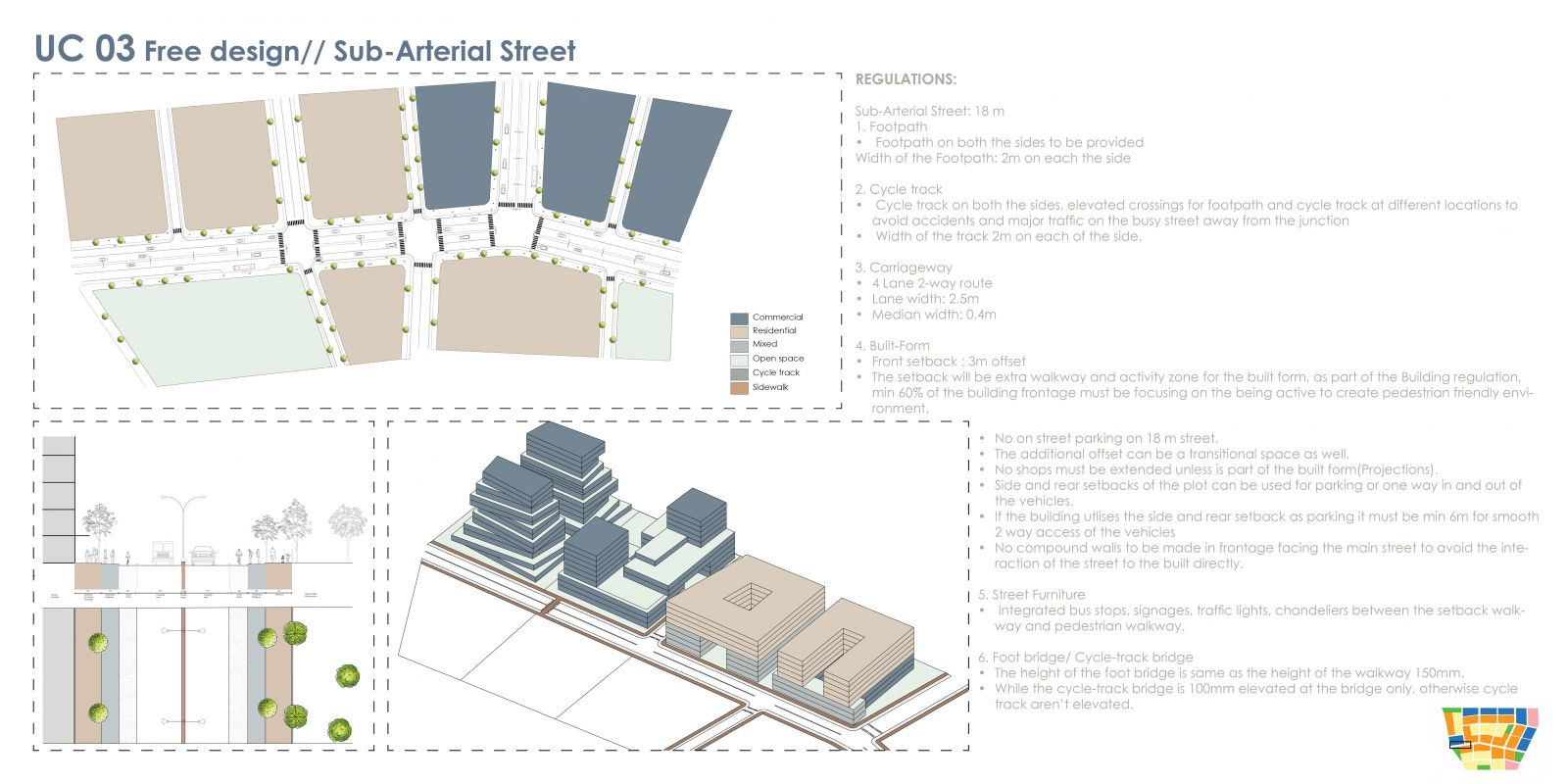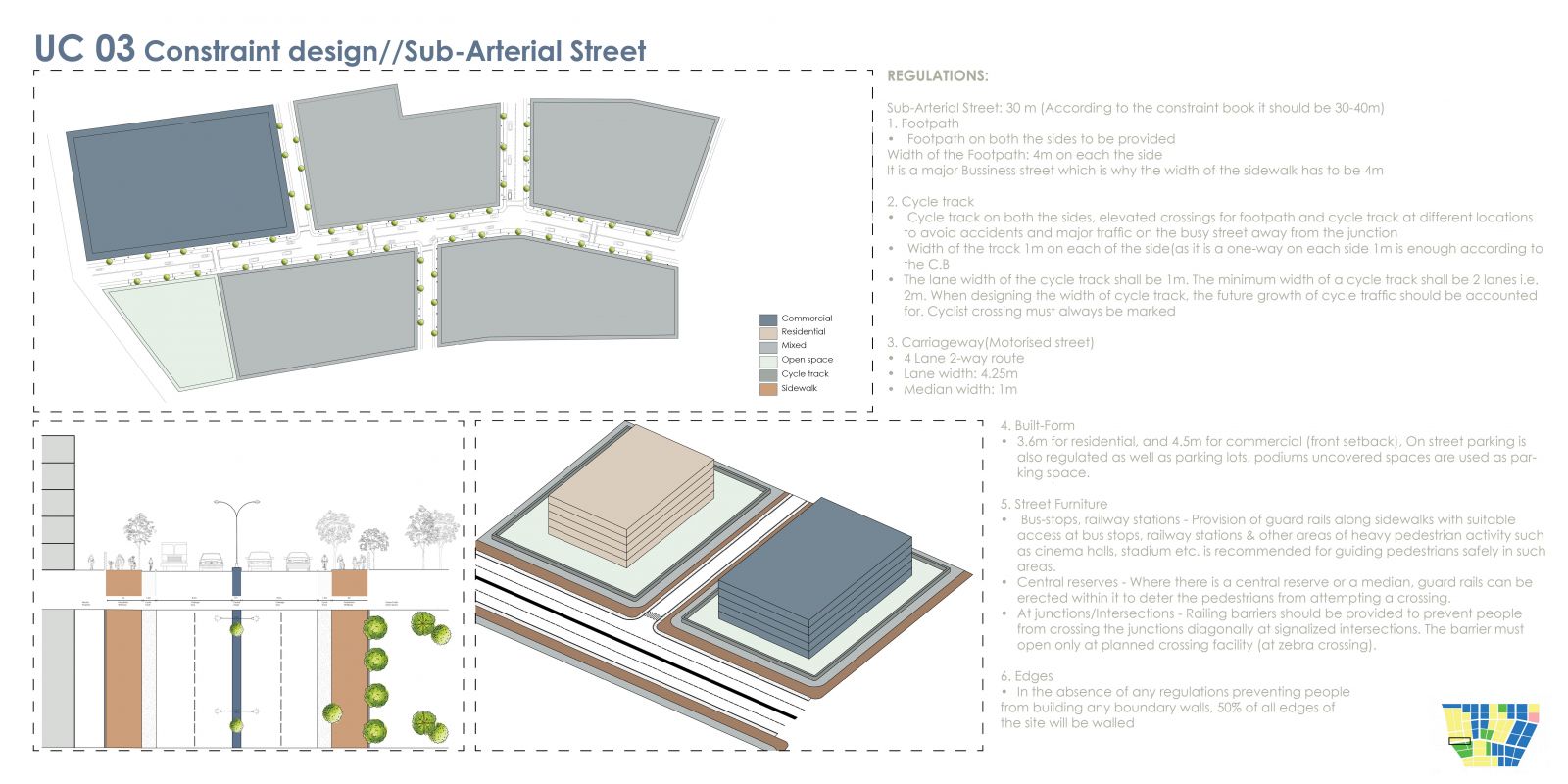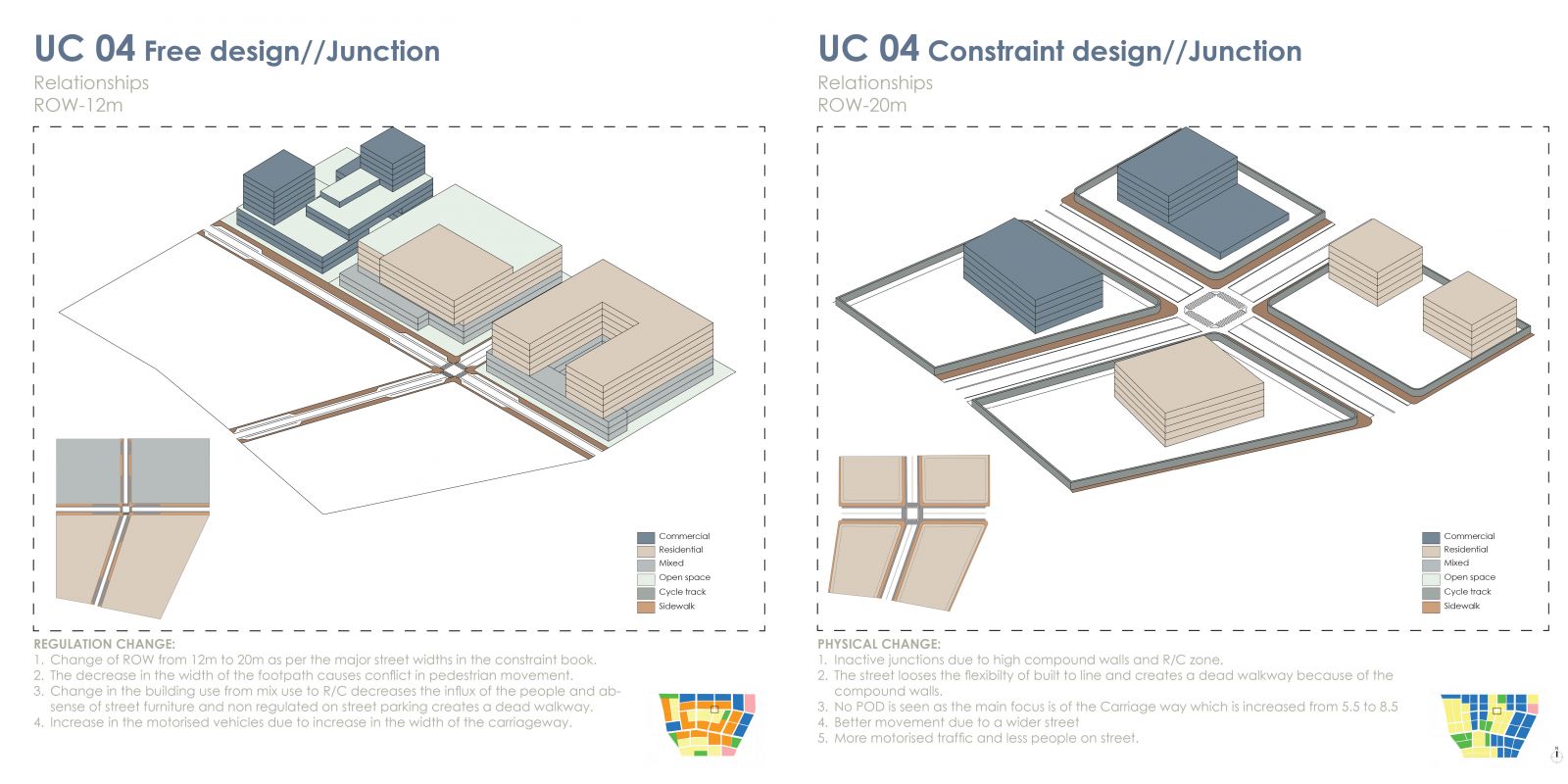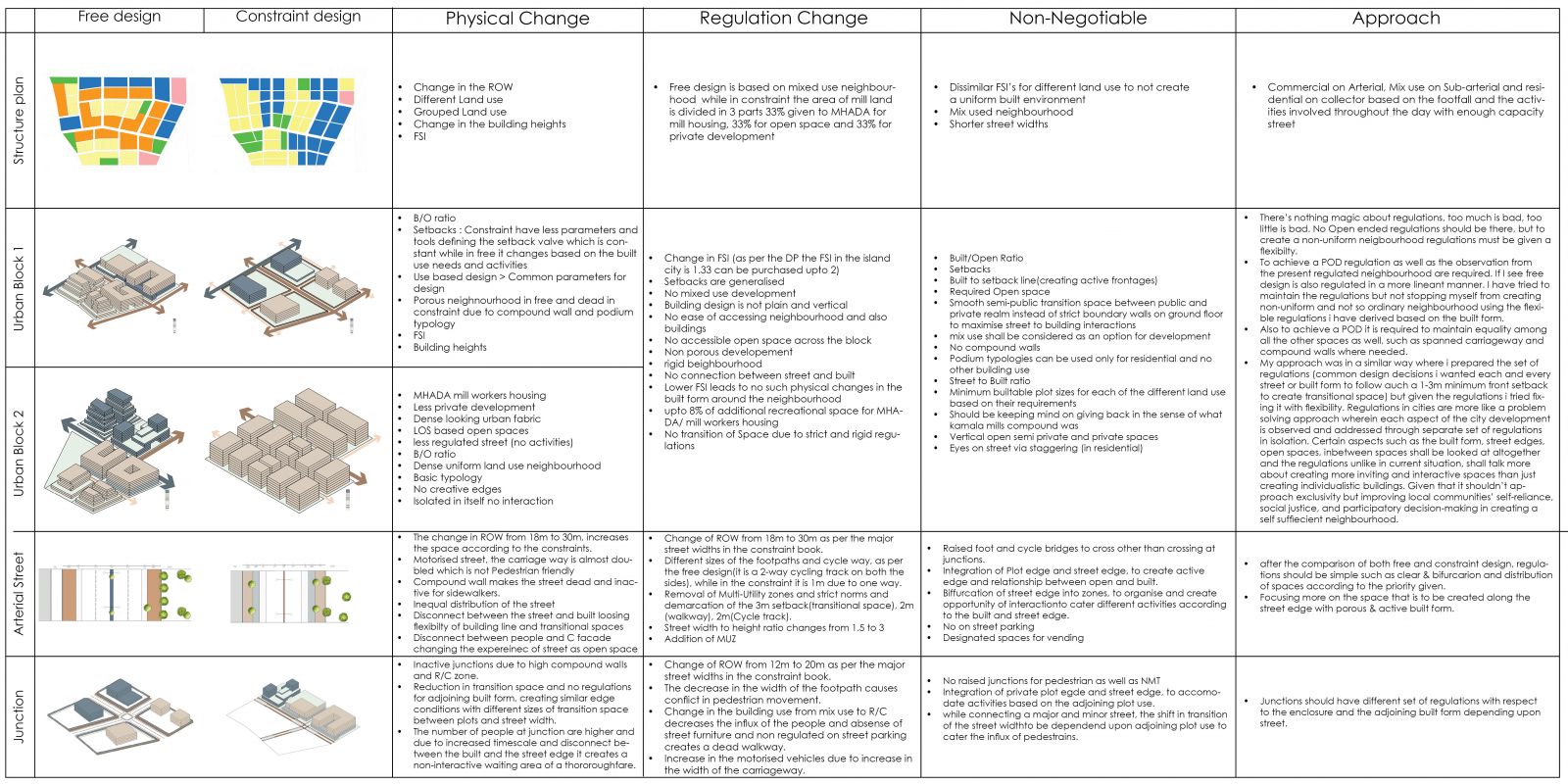Your browser is out-of-date!
For a richer surfing experience on our website, please update your browser. Update my browser now!
For a richer surfing experience on our website, please update your browser. Update my browser now!
India today exits in a moment of a large demographical shift from its rural populations to the urban areas. It is estimated that by 2050, 300 million Indians will move to urban areas (UNHabitat,2016), due to such a migration rate the existing Urban areas are under immense pressure. Mumbai, the financial capital of the Country and the densest city of India. It is home to approx 21 Million people, However, 55% of the residents of Mumbai live in illegal squatter settlements (known as bustees in India). Looking back at the rich history of Mumbai; up until the 1980s, Mumbai owed its wealth to its historical colonial past, textile mills, and the seaport trade. As we have talked about the historical changes in Mumbai w.r.t the policies that have been set against a backdrop of alterations, exploitation, and constant restructuring which has resulted in the accumulation of several layers of complexity. Events of social and political upsurges, economic transformations, and changing cultural compositions have brought various sections of the Indian society together in a vivid landscape of dichotomy. The poor and rich both make equal claims to the city, through the stark contradictory practices of occupation and households. These layers of complexity have created a juxtaposed image of what Mumbai is to the world. This booklet will be focusing on a part area of Mumbai with such juxtaposed image of the complex urban environment in need of a change from issues such as lack of good quality public realm, insufficient green cover, lack of inclusive pedestrian infrastructure, unaffordable land market, and an over-regulatory development framework; and finding a manifested solution to the existing conditions through design via strategies and principles. Design as a method of research to comment on planning & design practices at the site level.
